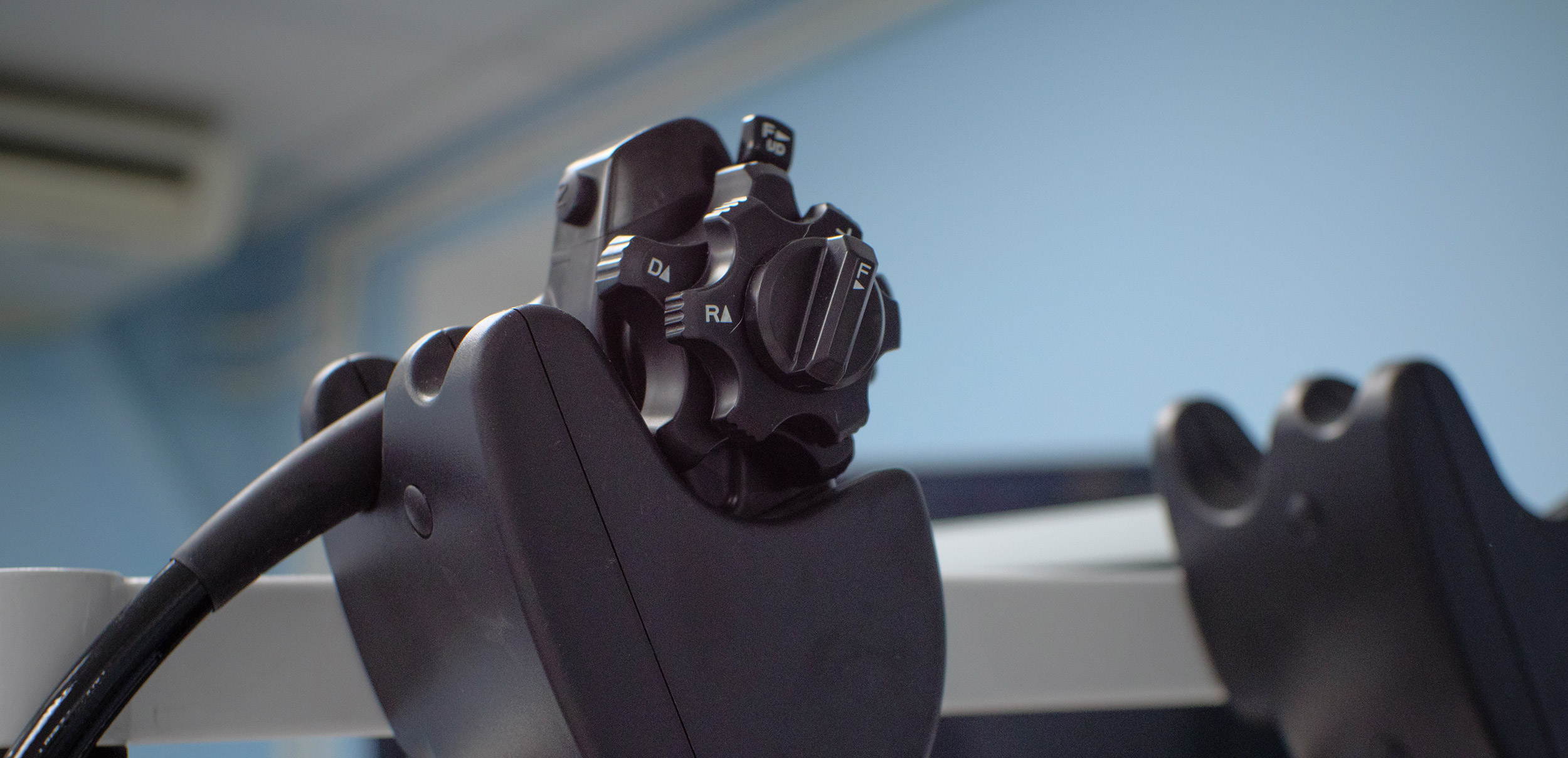
Researchers found bacterial contamination on reprocessed flexible gastroscopes stored overnight and over the weekend in conventional storage cabinets.
The cabinets possessed germicidal UV lighting but lacked forced-air drying (FAD). That caused the authors of a recent study in the Journal of Gastroenterology and Hepatology to conclude that biofilm proliferation within gastroscope channels is likely, necessitating evidence-based criteria for storage time and structure.
“The study finding suggest that, when FAD cabinets are not available, endoscopes should be reprocessed before use following overnight and weekend storage,” the authors conclude.
Immediately following reprocessing, three of 50 samples contained bacteria, researchers found. Gastroscopes were 5.9 times as likely to harbor bacteria 12 hours after reprocessing and 16.1 times as likely when sampling occured 60 hours post-reprocessing.
“Even if all the reprocessing steps are strictly adhered to, if moisture remains inside endoscope channels, microbial proliferation will occur,” the authors write. “Thus, the use of FAD cabinets for endoscopes is recommended, as it reduces residual moisture within endoscope channels.”
Current guidelines recommend that time of storage depends on the type of cabinet in use and state that FAD cabinets are preferable. They lack consensus, however, on the maximum storage time within cabinet types, according to the study.
Groups including The World Gastroenterology Organisation recommend endoscopes receive an alcohol flush following disinfection and are force-air dried for 10 minutes prior to storage in an approved FAD cabinet. One challenge, though, is that the use of FAD cabinets is not universal even in developed countries,” according to the study’s authors.


